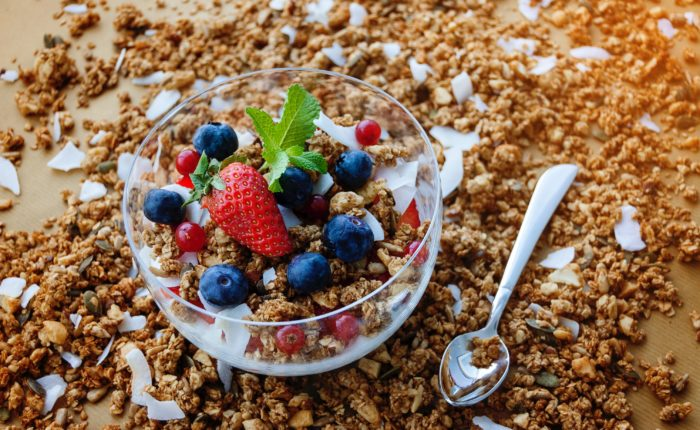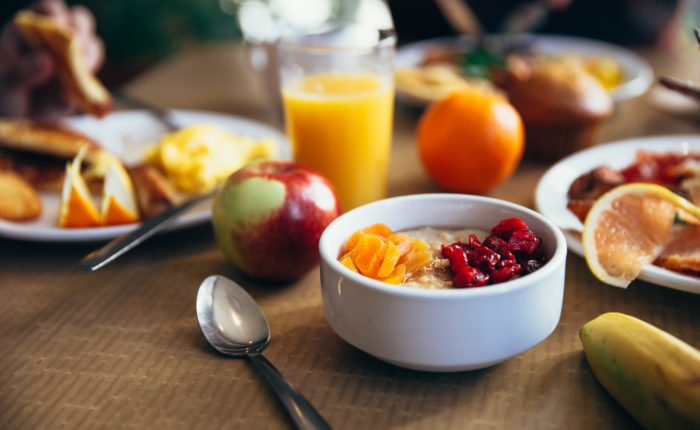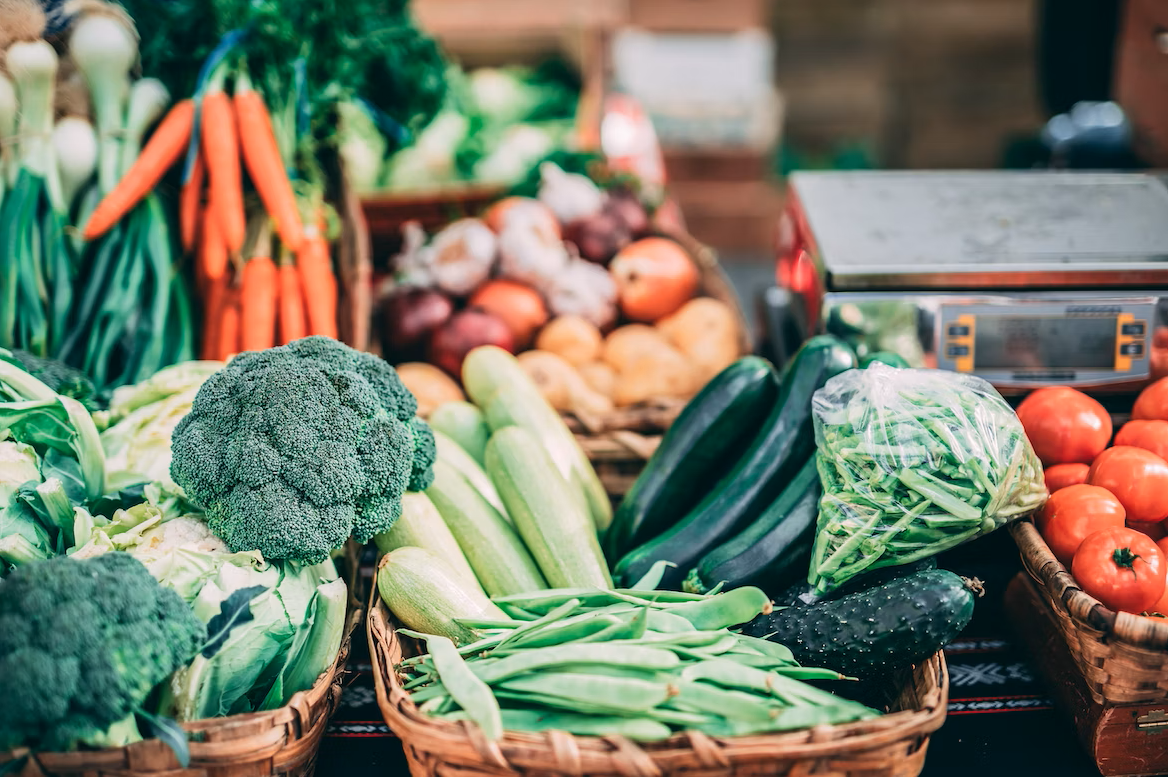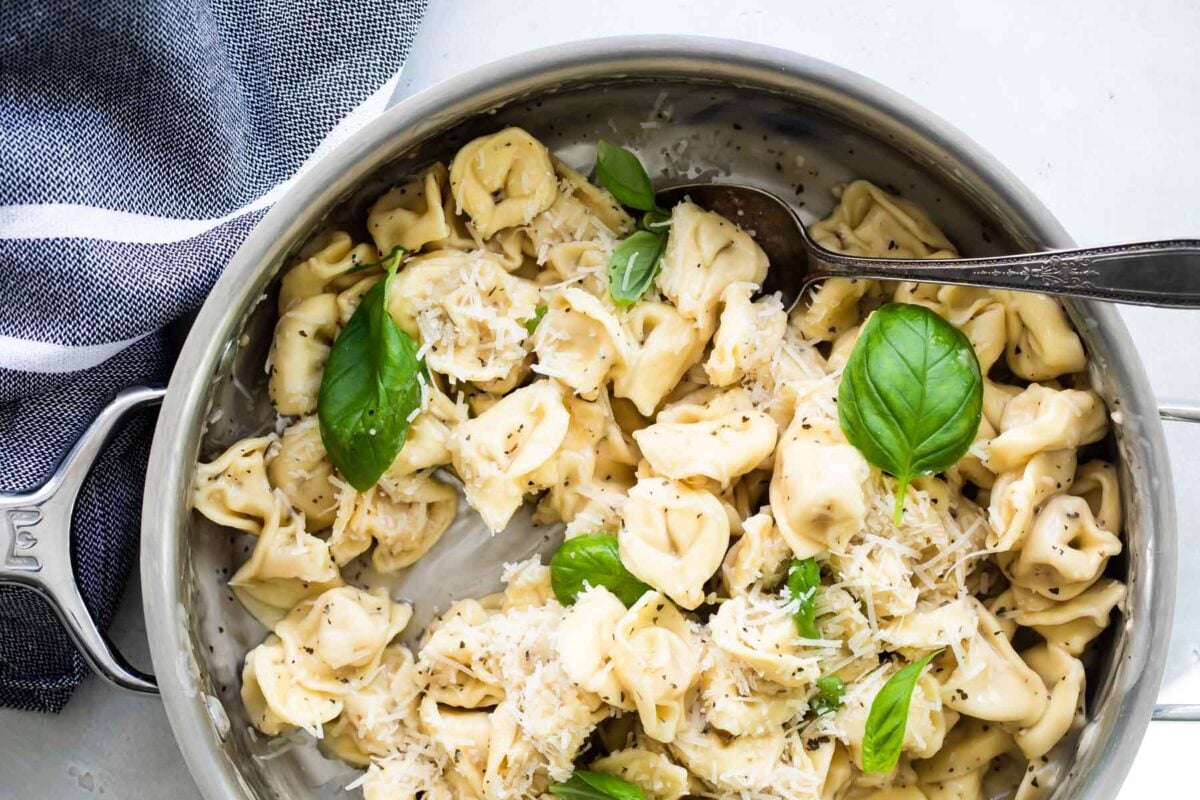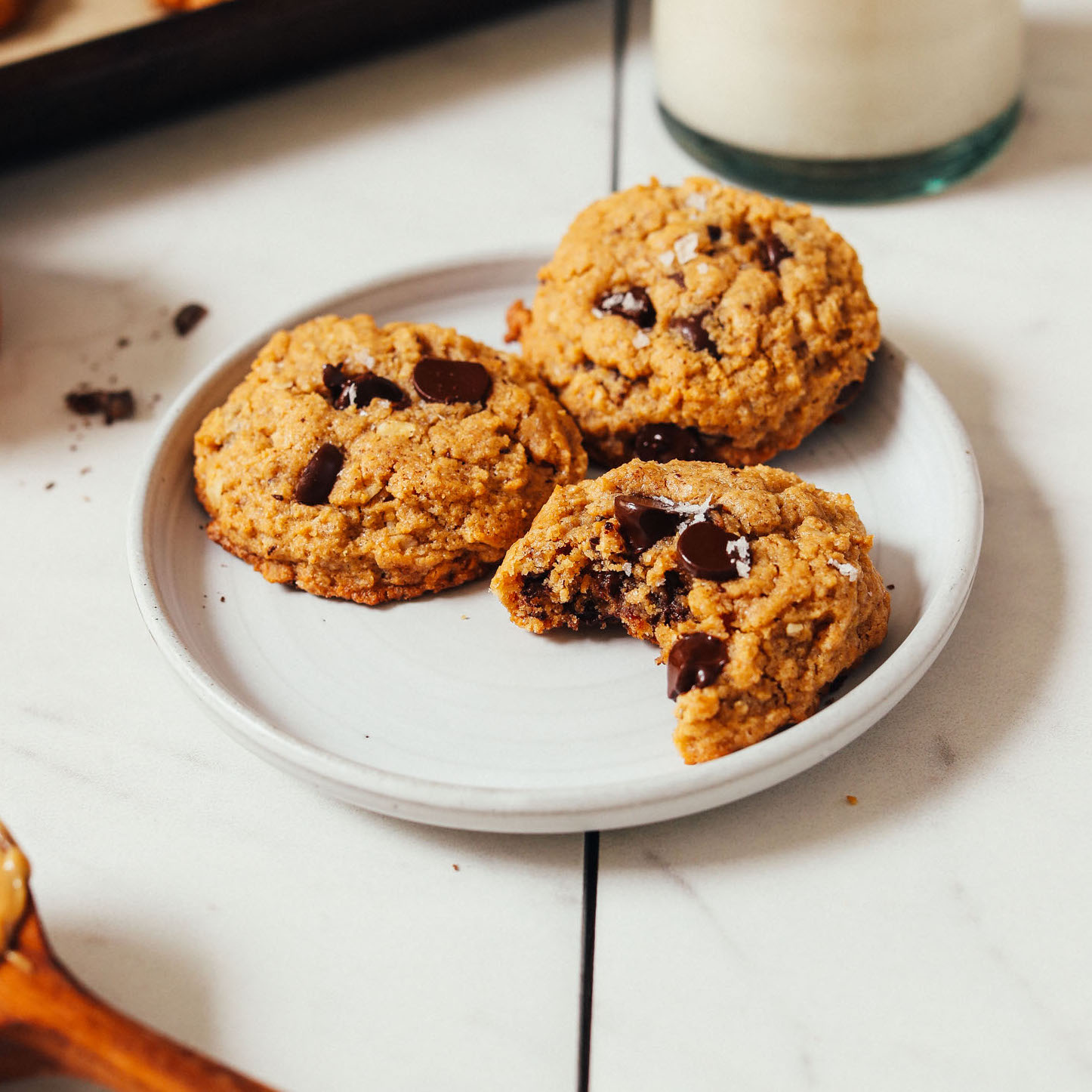
For those who often bake biscuits, it’s not uncommon to encounter strange things occasionally-one or more biscuits are taken from the same batch of dough and scooped out with the rest, but inexplicably larger and bigger than the others. Thinner and darker in color. Sometimes these differences are characteristic of the entire cookie; other times, they affect only one part.
There may be only a few of these biscuits in the entire batch, so it is easy to dismiss them as a fluke or a hot spot in the oven. But this irregularity does not come from uneven heat, but from uneven texture inside the dough-cream and butter and sugar streaks left by insufficient scraping of the bowl and mixer during the beating process.
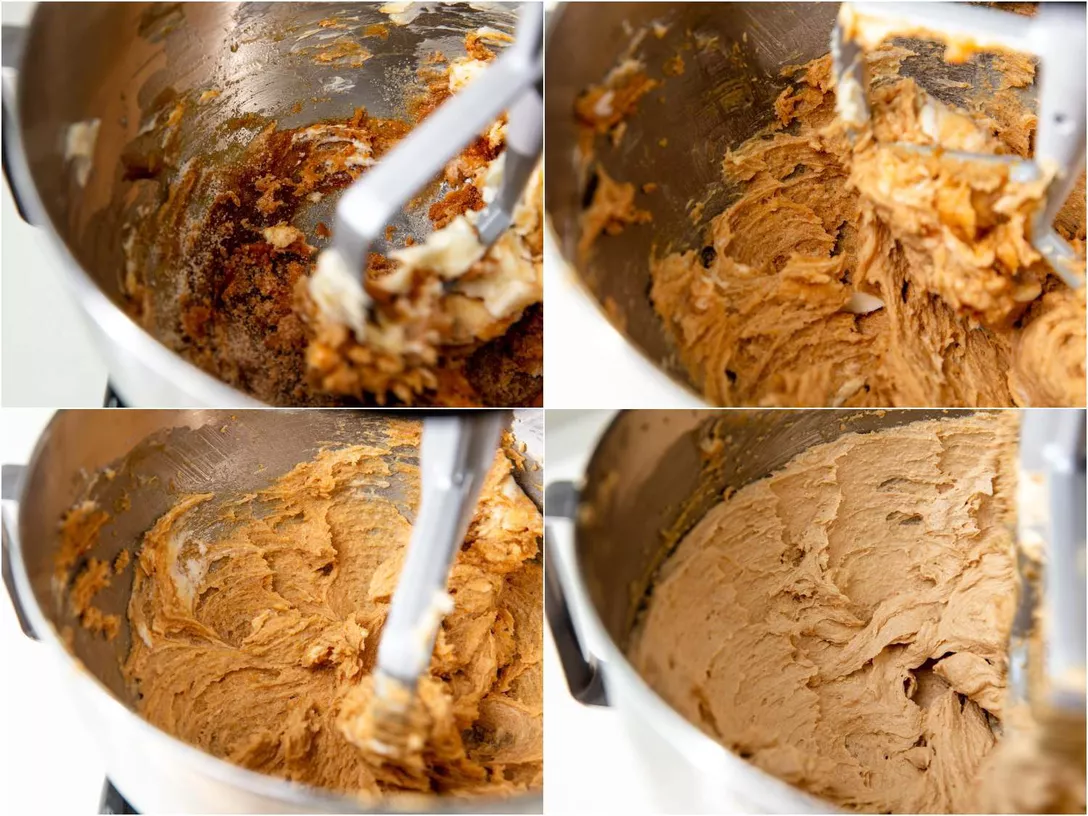
This transforms butter and sugar from a dense, dark, and sandy substance into something light, pale, smooth and bulky—this is the ubiquitous “light and fluffy” benchmark often mentioned.
However, if you do not thoroughly scrape the bowl and blender with a flexible spatula along the way, a thick layer of butter and sugar may accumulate around the bowl, or clumps may form in the center of the paddle attachment.
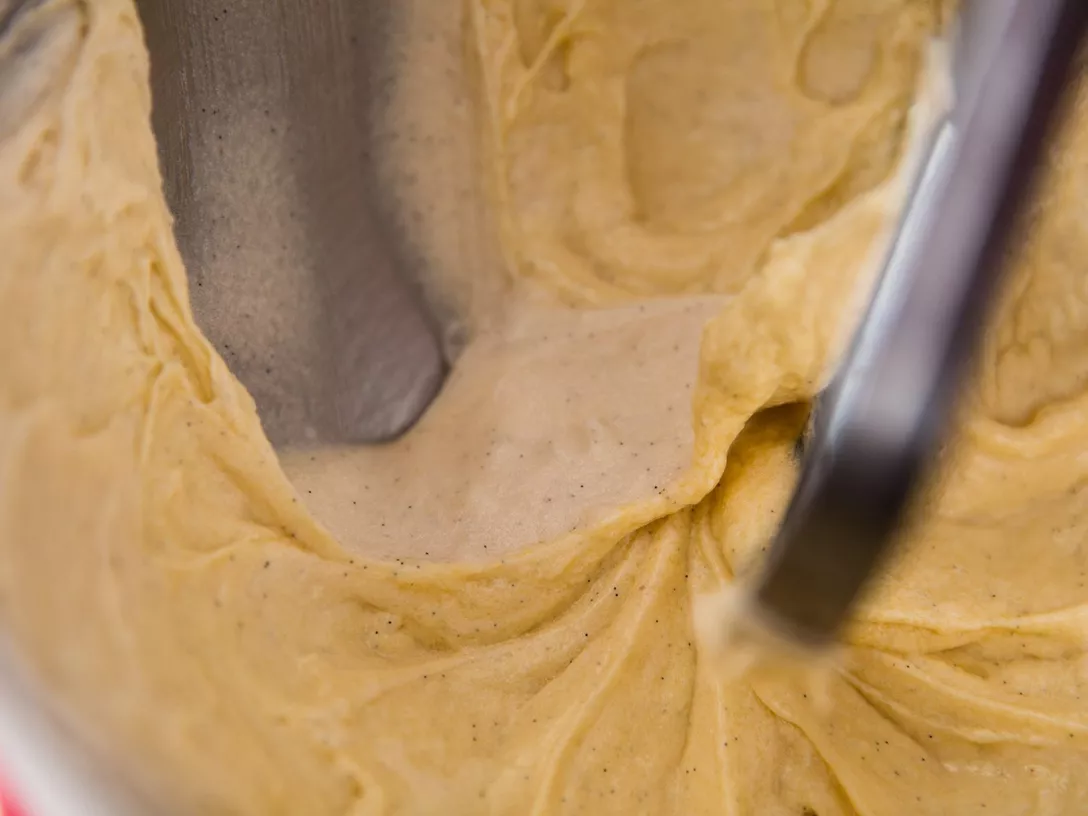
When the bowl and paddle are scraped along the way, these dense areas are less likely to form in the first place, and are soon homogenized into the batter when they do.
But without proper scraping to ensure these dense areas will have a chance to lighten, they'll create rogue pockets of unhomogenized dough that will spread, brown, and rise at a different rate than the rest—leading to those mysteriously malformed cookies.
As the creaming process itself represents a wide spectrum of potential textures, the exact degree of strange behavior can vary from a few cookies that are only a little thinner, denser, and browner than the rest, to those that spread and pool in an almost shocking way.
Along with scraping the bowl and beater as needed, thoroughly scraping the bowl and folding the finished cookie dough a few times with a flexible spatula can go a long way in homogenizing its texture.
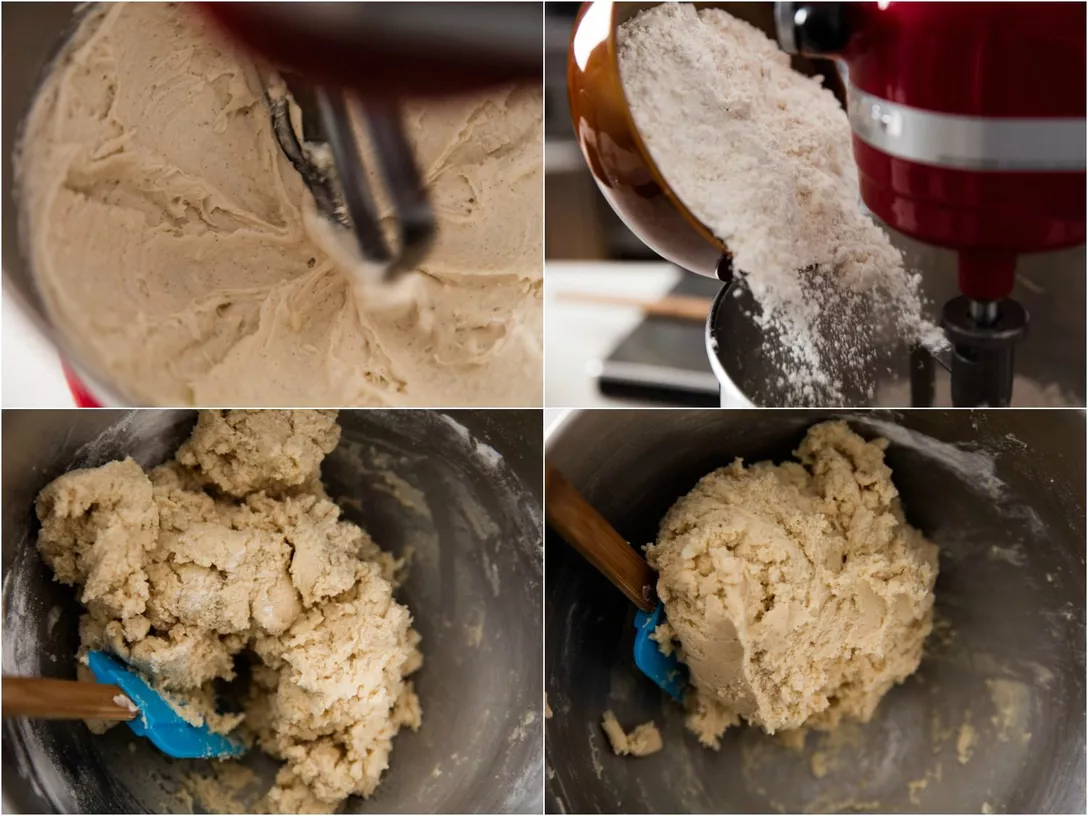
Deep into the bottom of the bowl).
The former can be avoided by paying close attention to the temperature of the ingredients and softening the butter to any stage or temperature listed in the recipe; for recipes that do not contain any more specific information than "room temperature" butter, the temperature is usually set at 65°F/18°C and 70°F/21°C.
The latter can be solved by manual adjustment. For those who use our recommended bowl KitchenAid bowl lift stand mixer, we have a guide to manually adjust the bowl to the mixer gap. For those who use tilt-head mixers, you can find information about making this adjustment in the mixer's instruction manual or on the manufacturer's website.
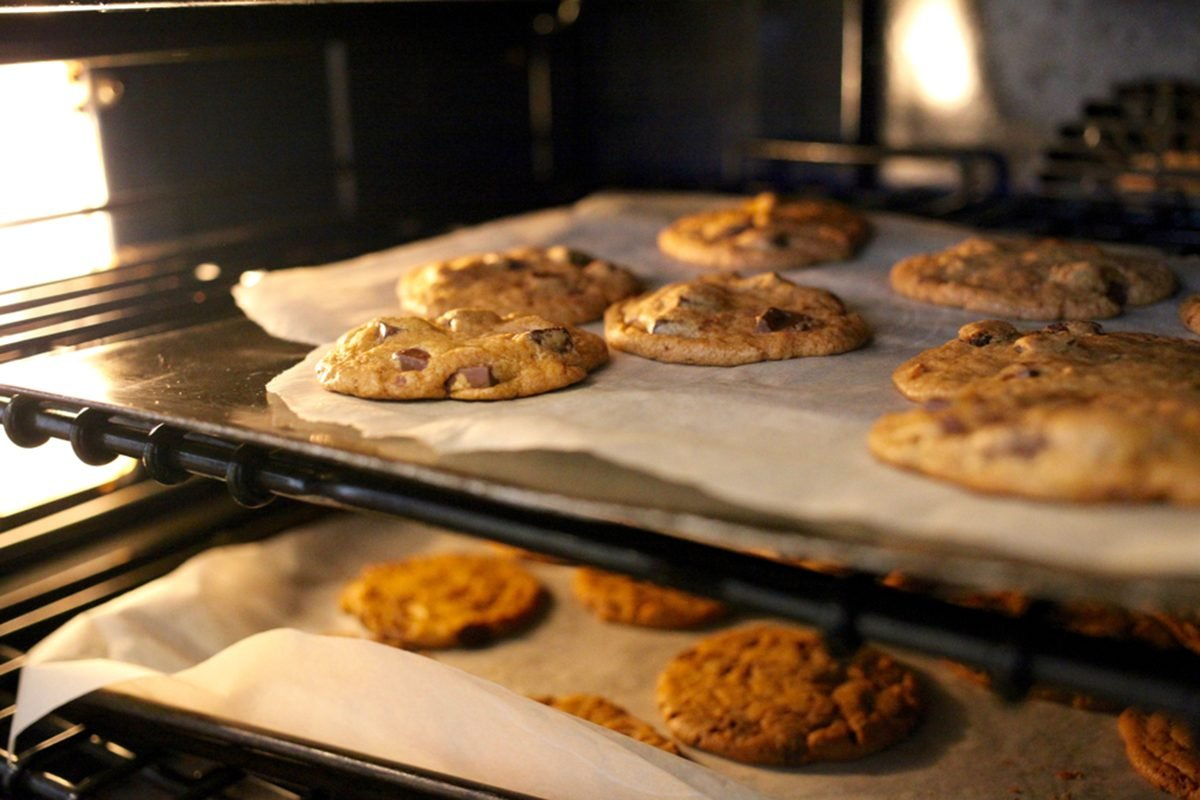
It is normal to eat weird biscuits from time to time. No one is perfect, and this weird person is often someone’s favorite shortbread, but good technique and attention to detail can indeed make these occasions rare.



